How Does A VW Polo WRC Car Differ To Its Road-Going Counterpart?
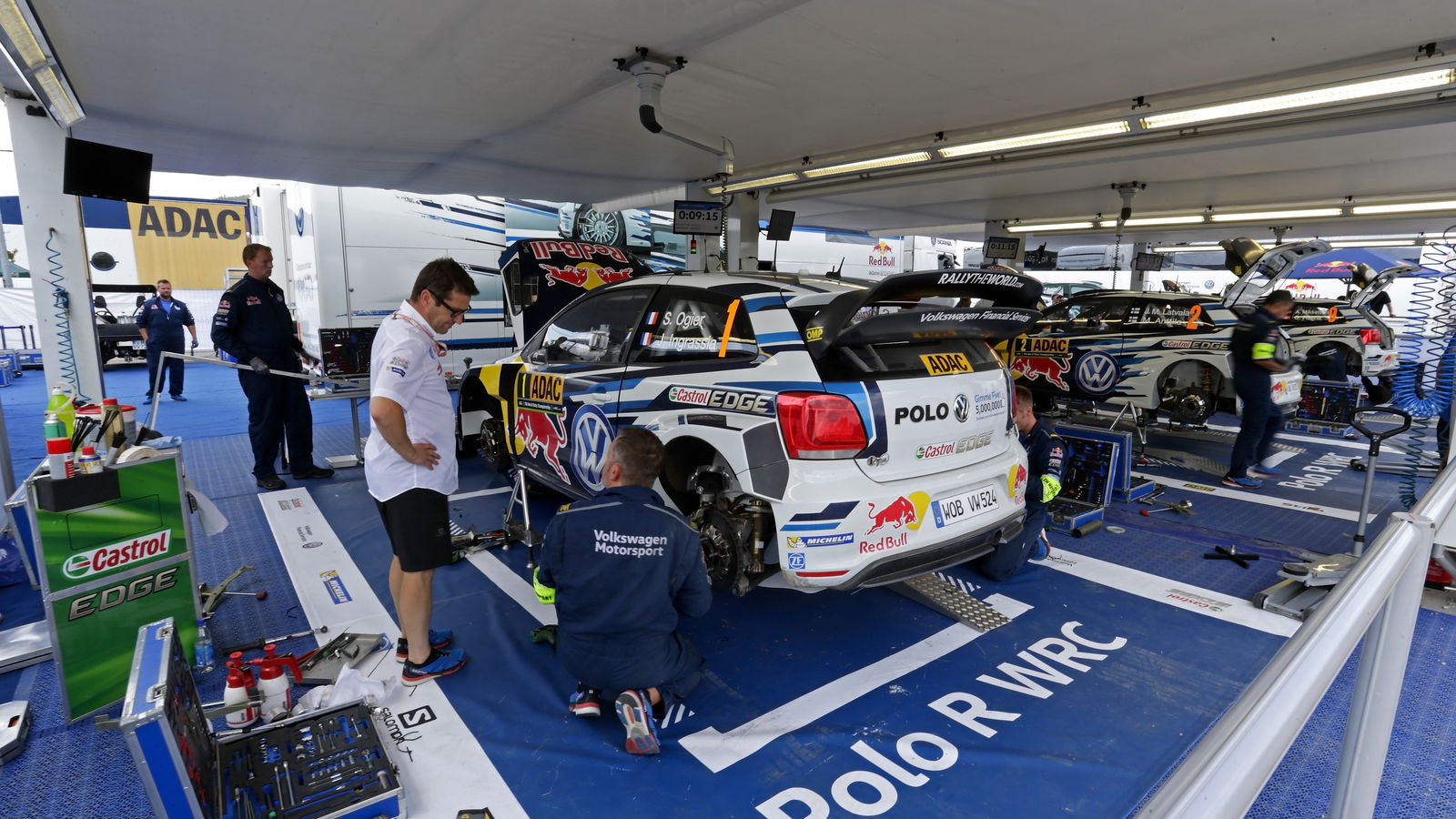
While they may not be comparable with the insane Group B cars of the 80s, modern day World Rally Championship machines are still pretty damn quick.
They produce a thrilling spectacle, as drivers and co-drivers battle it out on a range of surfaces, tackling tricky hairpins, terrifying jumps and insanely fast stages, but just how do these cars differ from their road-going counterparts?
VW Polo GTI
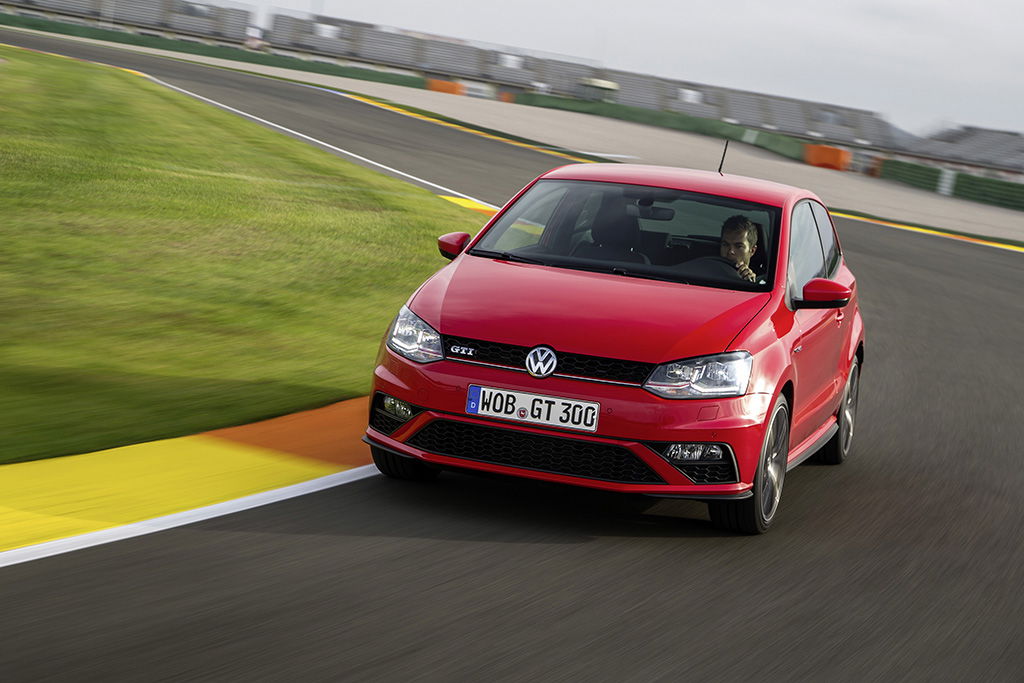
I opted to look at the GTI version of the VW Polo, the quickest in the current range with a 1.8-litre petrol engine producing 189bhp at 4200rpm and 236lb ft of torque at 1450rpm. It can go from 0-62mph in 6.7 seconds and has an impressive top speed of 146mph.
The fuel system is a combination of direct and indirect injection and the four-cylinder engine features a single-scroll turbocharger. The gearbox is a six-speed manual, with the option of a seven-speed DSG, and it is, of course, front-wheel drive. The hot hatch has five seats and weighs 1272kg.
The car rides on 17-inch alloy wheels, has a combined fuel economy figure of 47.1 and emits 139g/km of CO2. The car measures 3983mm in length, 1901mm in width and 1443mm in height.
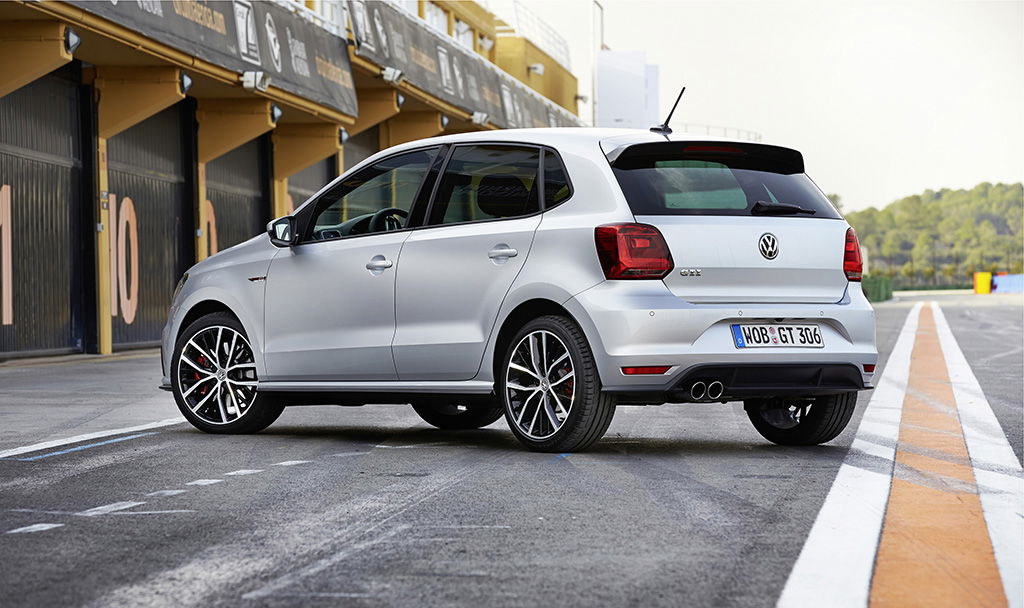
The Polo’s hot hatch model definitely has some pace but how does it compare to its beefed-up WRC version, and do they share any actual components?
VW Polo R WRC
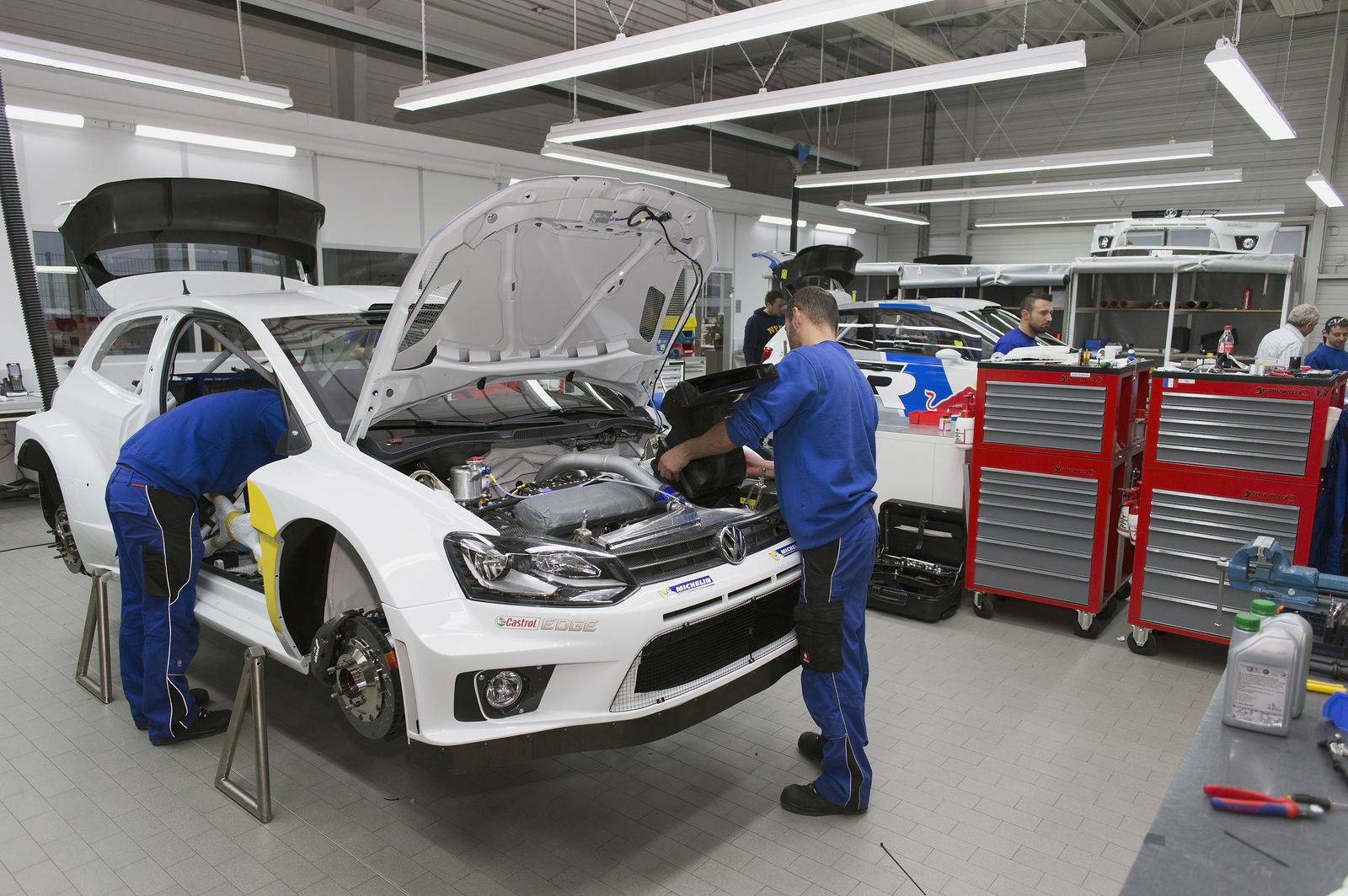
The answer is yes: the WRC machines are based on the road-going Polo, rather than being an entirely clean-sheet design. Bodyshells are taken off the Polo production line in Pamplona, before being shipped over to be built into WRC machines at the VW Motorsport facility in Hannover. In addition to the raw bodyshell, the doors, bonnet and boot on the rally machines are also production parts which are heavily modified. VW is currently dominating the World Rally Championship with its second-generation Polo R WRC, which debuted this season.
Since the Polo debuted in the WRC in 2013, the beast of a machine has taken 33 victories and VW has claimed three consecutive manufacturers’ titles. Volkswagen’s cars were driven this year by now three-time WRC drivers’ champion Sebastien Ogier, Jari-Matti Latvala and Andreas Mikkelsen.
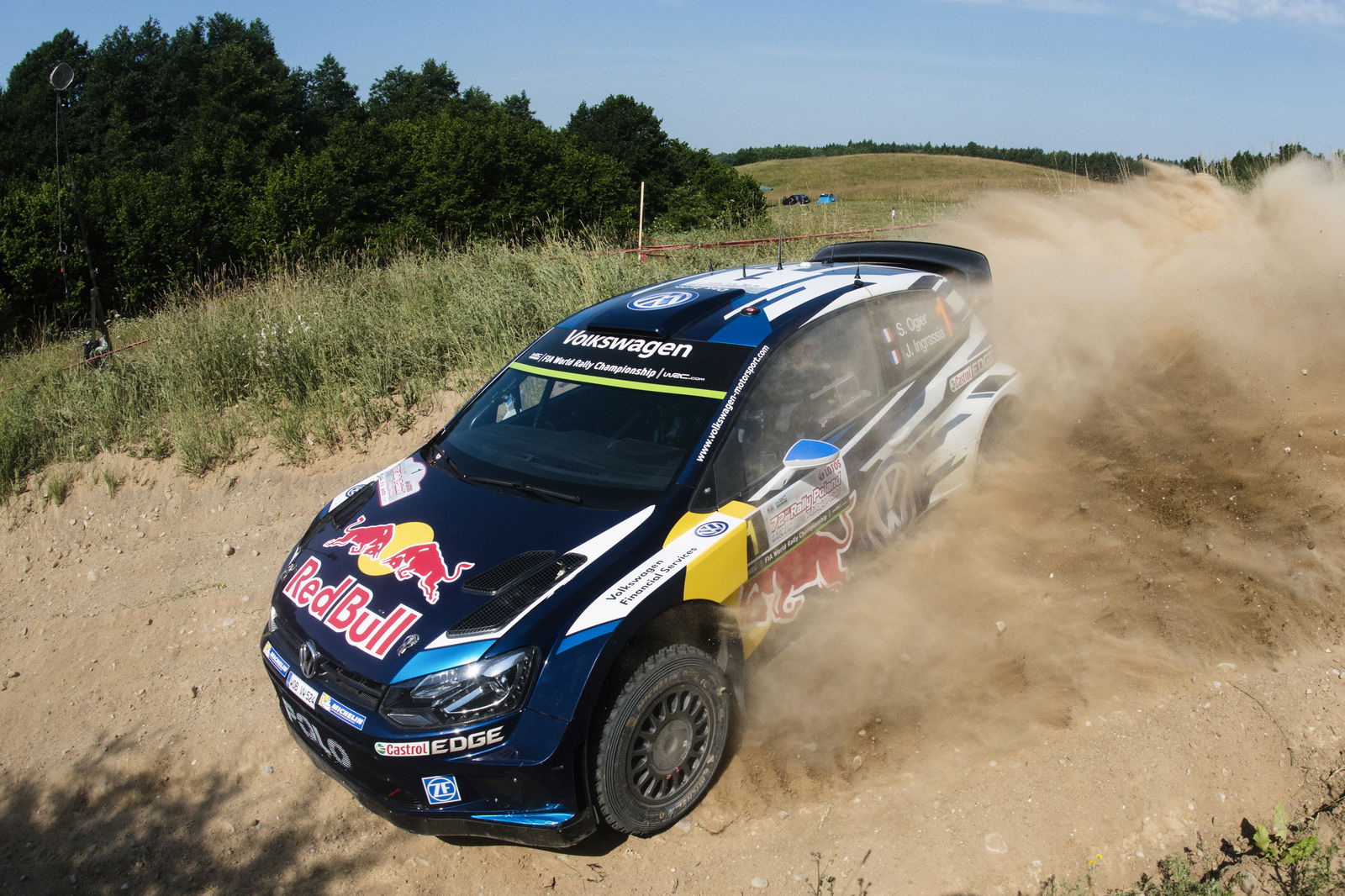
The R WRC is powered by an inline four-cylinder, 1.6-litre turbocharged engine with direct fuel injection, revving to 6250rpm and producing 318bhp. Like the road-going Polo, the engine is transversely mounted at the front.
According to VW, the car has a 0-62mph time of approximately 3.9 seconds - 2.8 seconds quicker than the GTi - and a top speed of around 200kmh (124mph). It runs with a sequential, six-speed racing gearbox which is changed via steering column mounted paddles (new for the 2015 season), and has permanent four-wheel drive splitting torque equally between the front and rear axles.
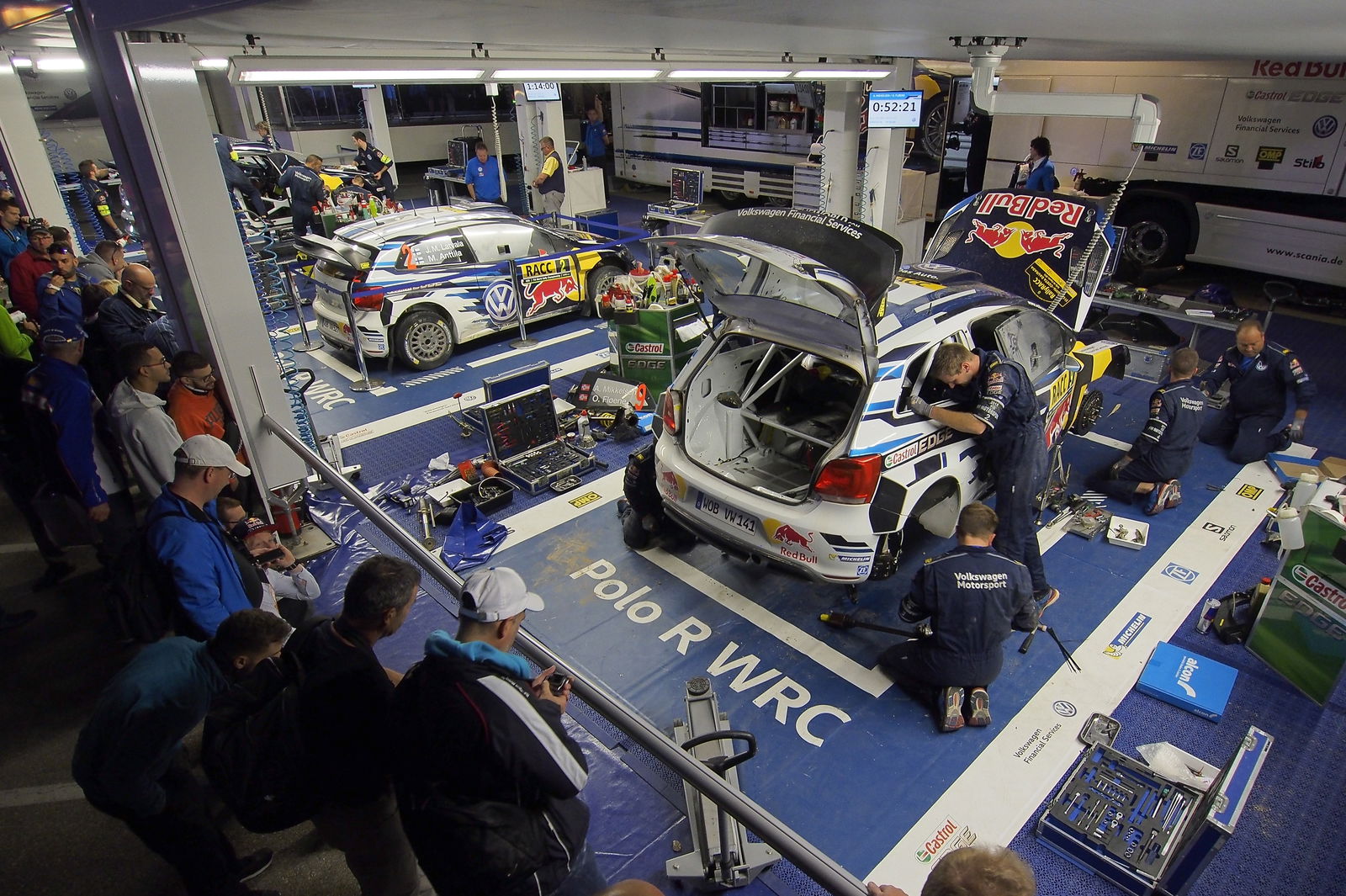
The three-door WRC beast has mechanical front and rear differentials, double-disc sintered metal clutch, a MacPherson strut suspension setup, ZF dampers and servo-assisted steering rack and pinion. The car runs 18-inch wheels on tarmac and 15-inch wheels for gravel stages, running Michelin tyres.
In terms of size, it measures 3976mm in length, 1820mm in width, 1356mm in height and a wheelbase of 2480mm. This makes it slightly shorter, thinner and lower than the Polo GTi and it is slightly lighter at 1200kg.
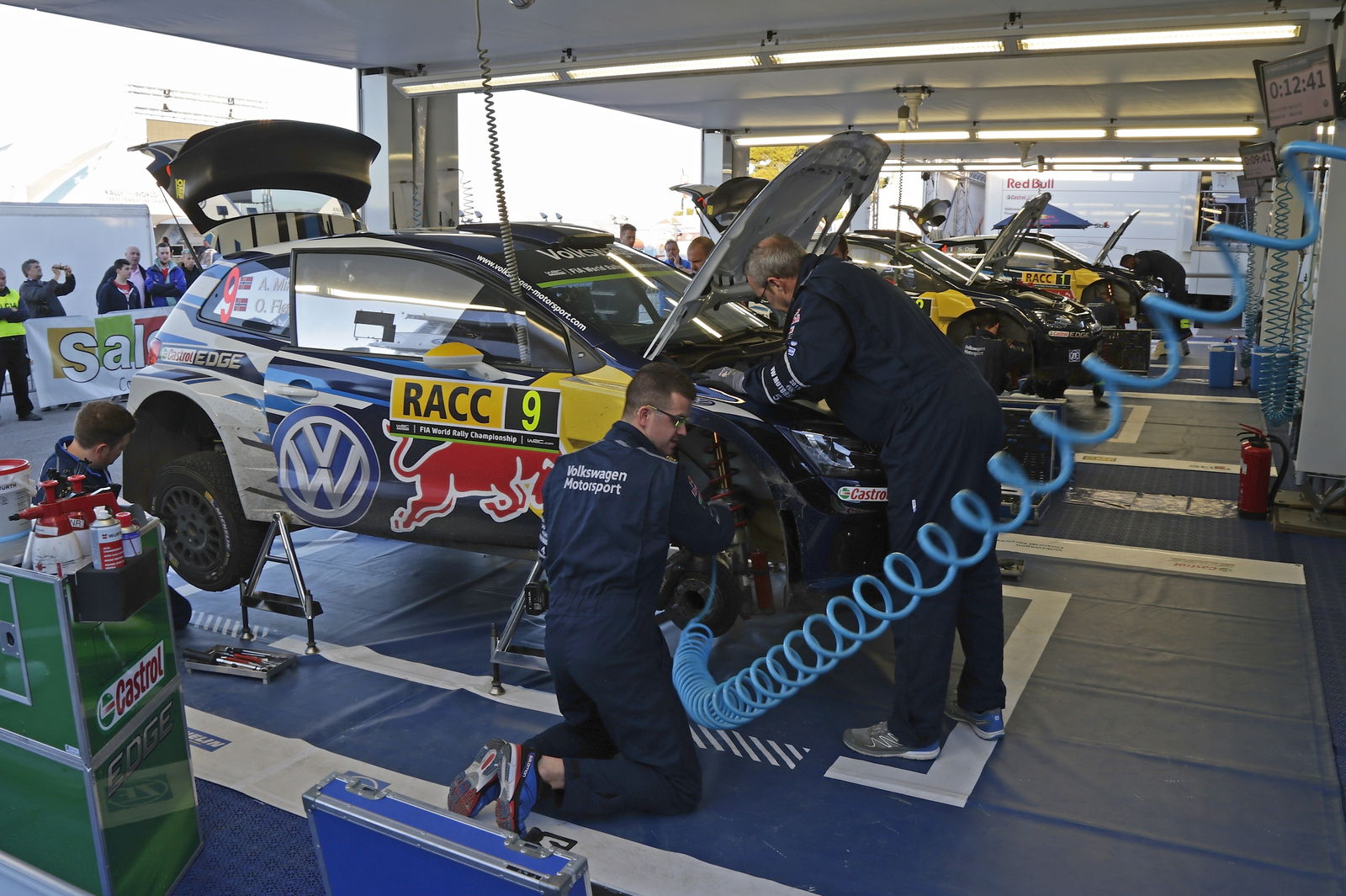
VW spent a lot of time cutting the weight down for the second generation R WRC, with around 75 per cent of the car being developed over the winter. The updates included gearbox and hydraulics revisions and a larger rear wing to go along with the already meaty bodykit the WRC version requires.
This is the latest piece in our comparison series. Be sure to check out the other posts, which look at the differences between F1 and GP2, FIA WEC’s LMP1 and LMP2 classes and MotoGP vs World Superbikes.
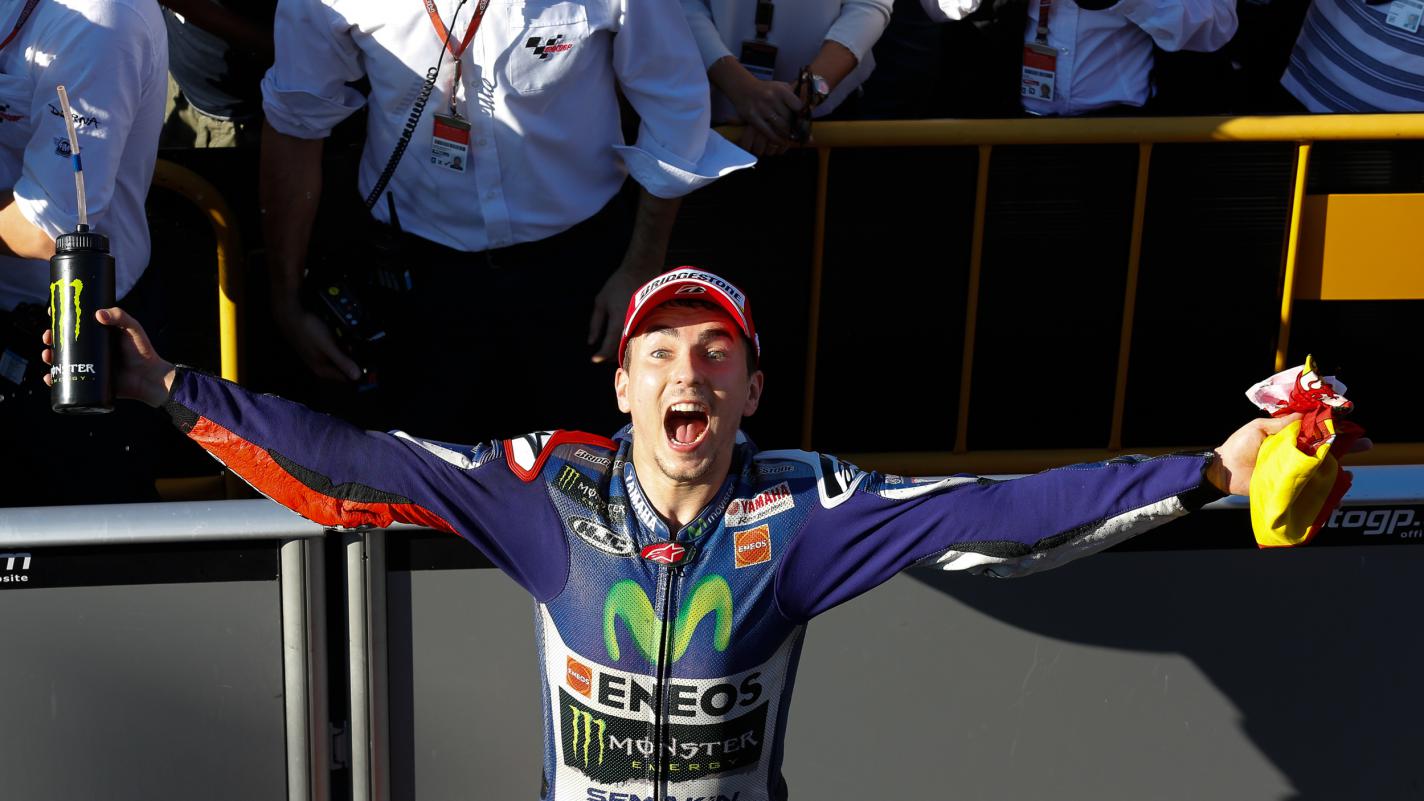
Comments